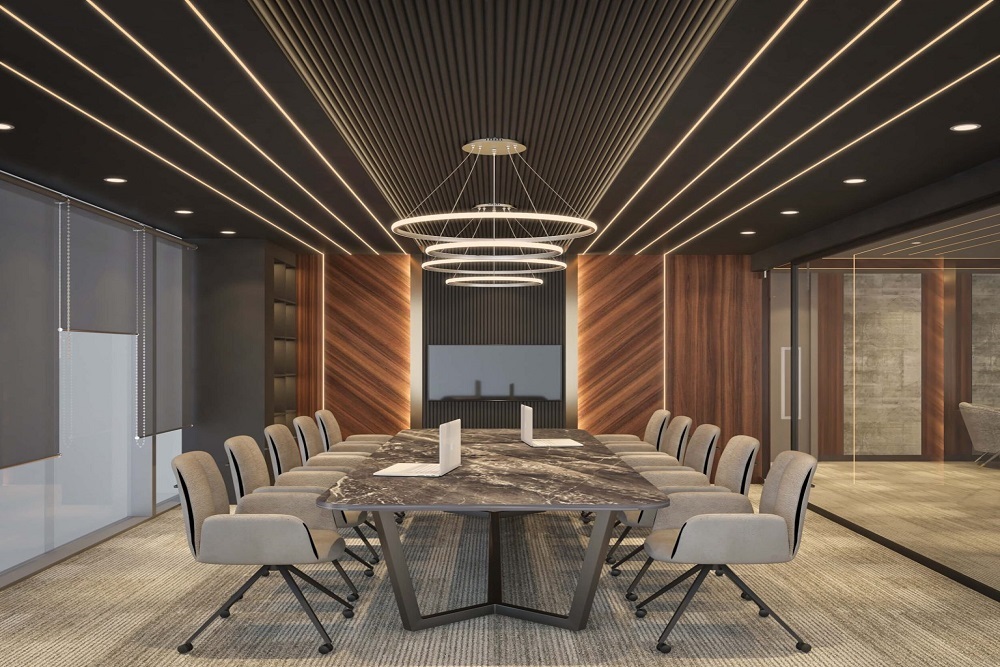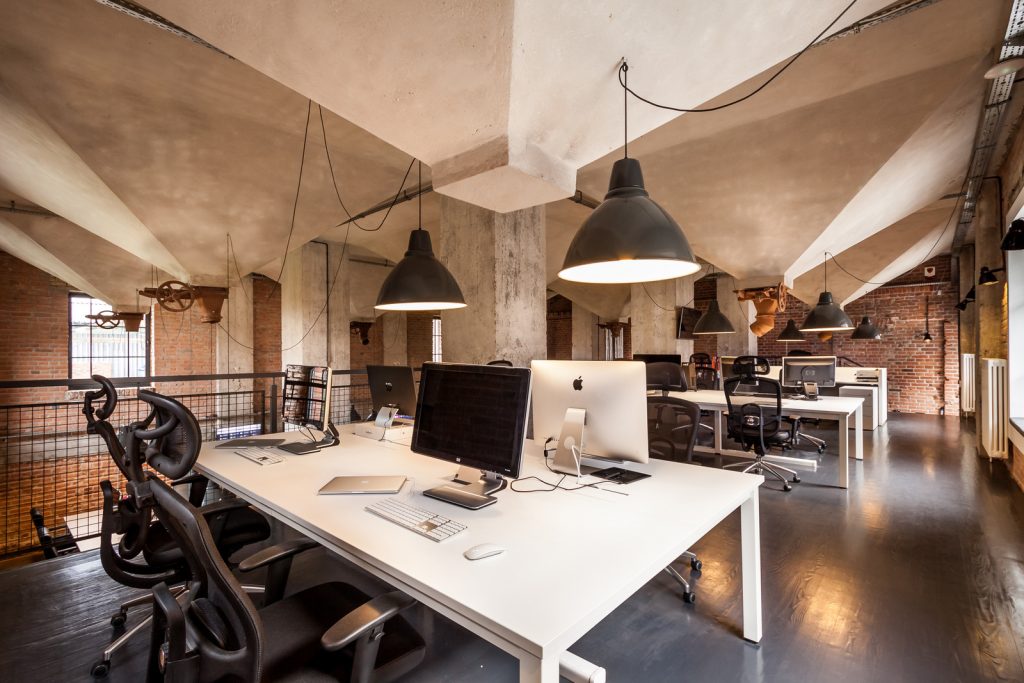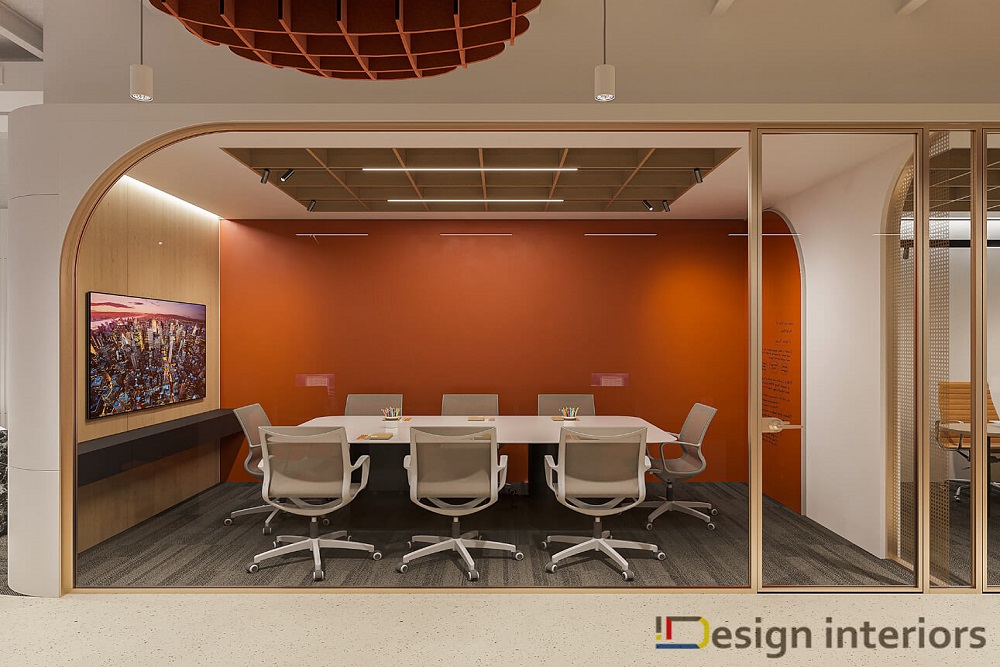The setting you work in is important when it comes to having a productive office. Office interior design isn’t only about looks; it also directly affects how workers function. In this blog post, we’ll examine how office interior design can affect worker productivity in plain words.
Ergonomics for Comfort and Health
Ergonomic Furniture:
Ergonomic furniture helps employees focus on their work without interruptions by encouraging excellent posture and reducing physical discomfort. This includes adjustable workstations and comfortable office chairs.
Natural Light:
Increasing exposure to natural light has been shown to boost mood, lower the risk of eyestrain, and increase productivity.
Proper Layout:
Efficiently designed workstations and common areas that encourage movement and collaboration can prevent physical strain and fatigue.
Color Psychology and Mood
Color Choices:
Colors have psychological effects on people. For instance, soothing hues like blue and green can lower stress levels, while vivacious hues like red and yellow can boost vitality and creativity.
Personalization:
Giving employees the freedom to decorate their workspaces with colors they find inspiring can lift their spirits and increase their motivation.
Consistency:
By keeping the color scheme the same throughout the office, you can foster harmony and cohesion and improve the work environment.
Noise Control and Acoustics
Sound Absorption:
Incorporating acoustic panels, carpets, and noise-absorbing materials can reduce distractions from neighboring workstations and create a quieter environment.
Quiet Spaces:
Providing designated quiet areas or soundproof rooms can give employees a peaceful retreat when they need focused work or a break from noisy surroundings.
Open Communication:
While reducing noise is essential, it’s also crucial to maintain open channels of communication. Effective communication fosters collaboration and teamwork.
Flexibility and Adaptability
Flexible Workspaces:
Designing adaptable workspaces that allow for various work styles, such as standing desks or collaborative areas, can empower employees to choose the setting that suits their task.
Tech Integration:
Seamless integration of technology, like video conferencing facilities, encourages efficient communication among remote and on-site team members.
Room for Growth:
Anticipating the future needs of your business by creating a scalable office layout ensures that the design remains functional as your company evolves.
Green and Sustainable Design
Biophilic Design:
Incorporating natural elements like plants and greenery can reduce stress, boost creativity, and improve air quality.
Energy Efficiency:
Energy-efficient lighting, heating, and cooling systems not only reduce costs but also create a comfortable and sustainable workspace.
Eco-Friendly Materials:
Choosing sustainable materials for furnishings and finishes demonstrates a commitment to environmental responsibility, which can positively impact employee morale.
Conclusion
Office interior design isn’t merely about aesthetics; it significantly influences employee productivity and well-being. By focusing on ergonomic comfort and embracing green and sustainable design principles, you can create a workspace that empowers your employees to perform at their best.
Remember that there is no one-size-fits-all approach to office design. It’s crucial to comprehend the requirements and preferences of your staff members and design the workspace accordingly. Employees are more likely to be productive, creative, and satisfied with their work when they feel at ease, connected, and inspired by their environment.



